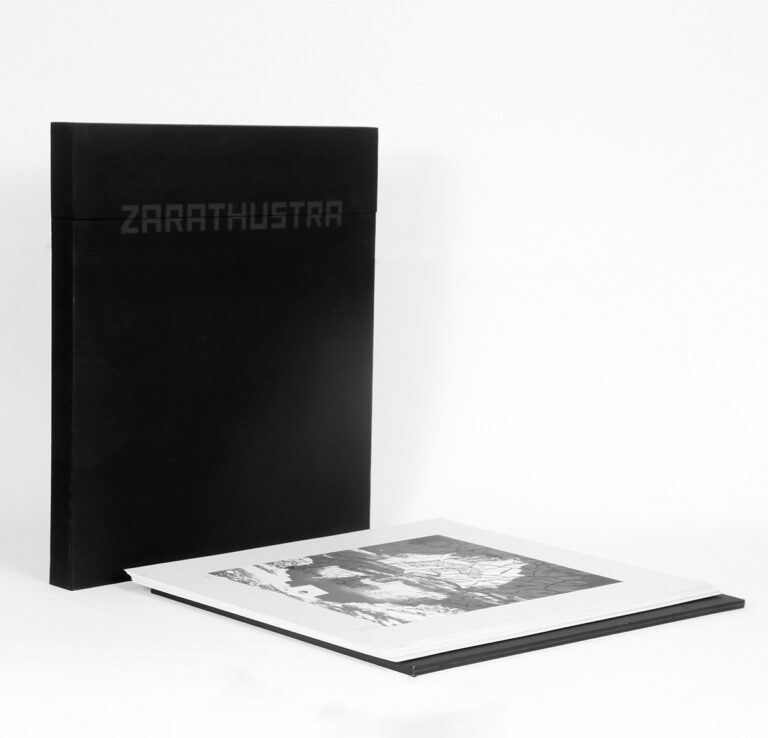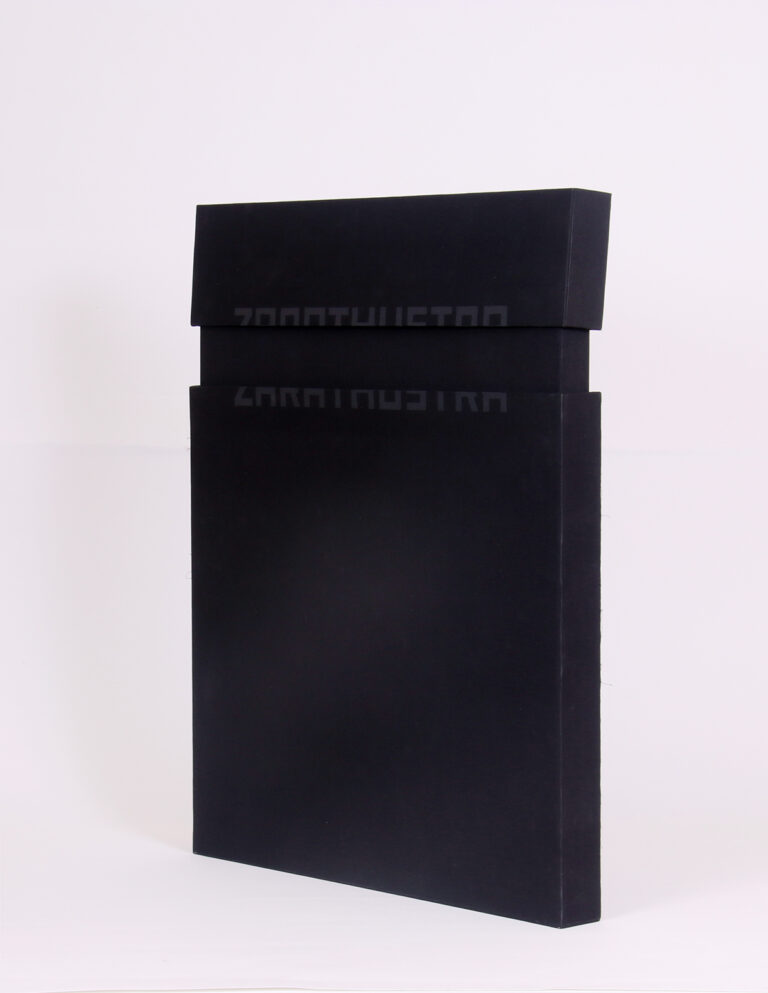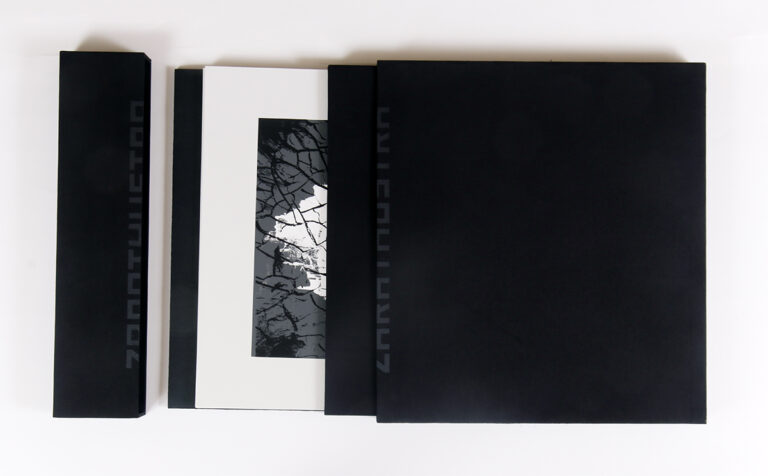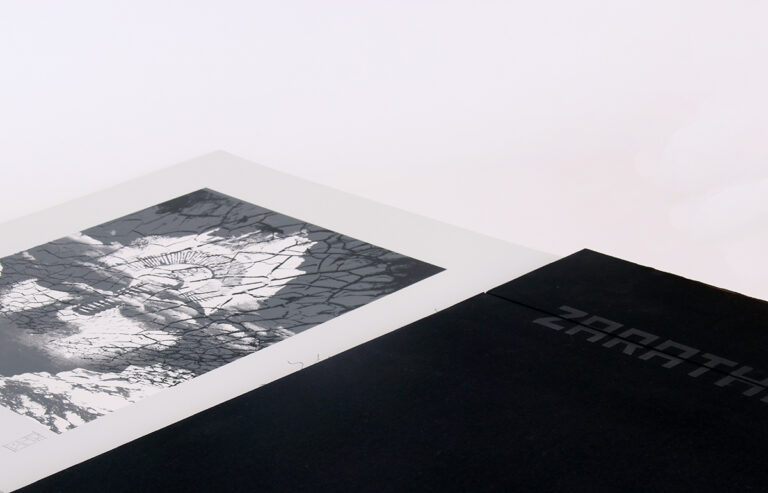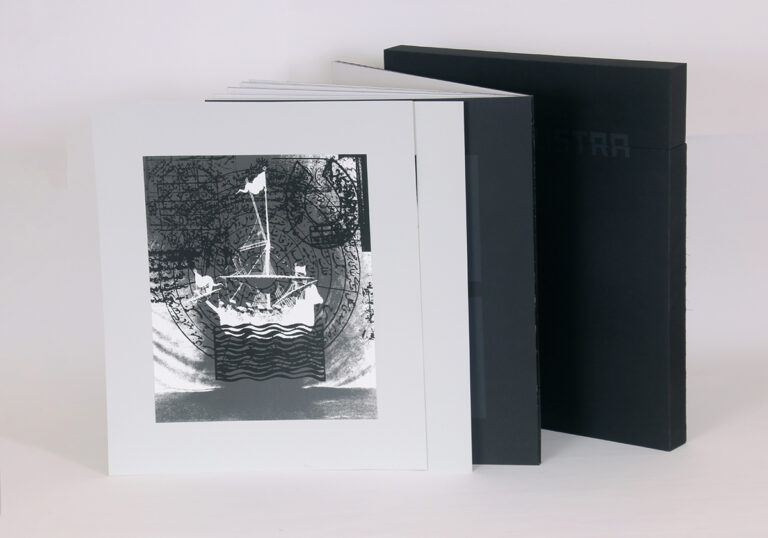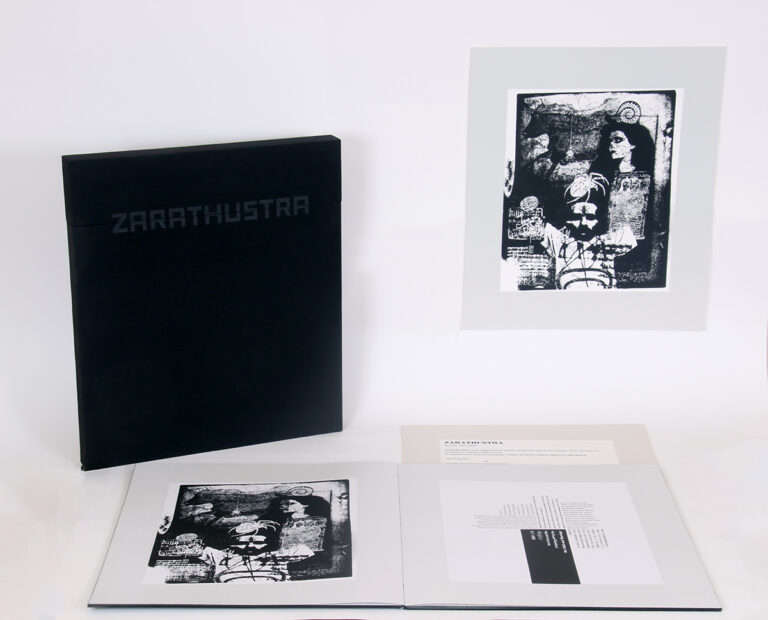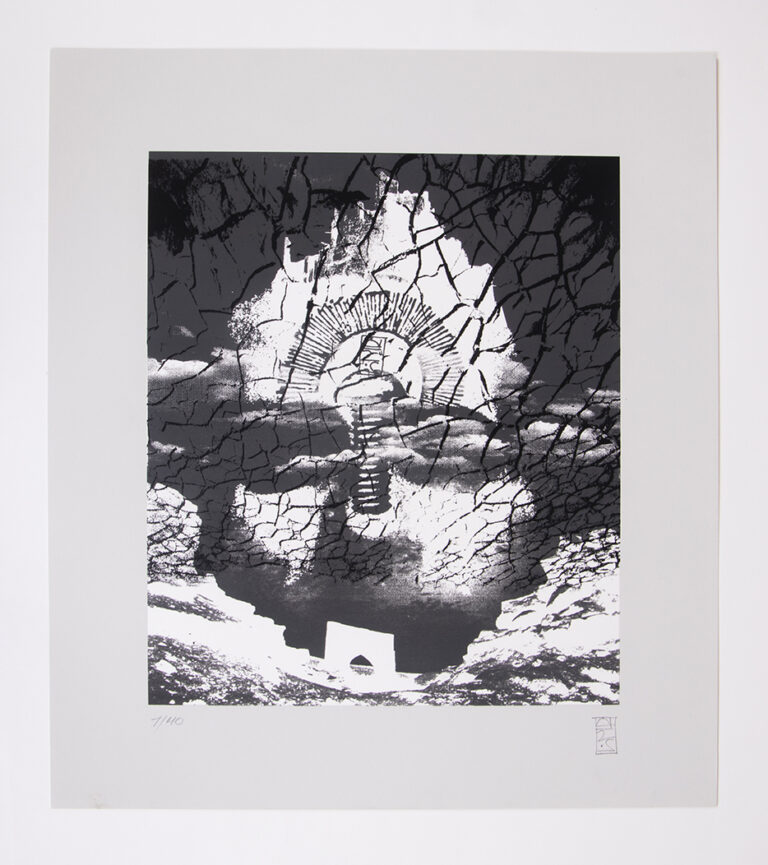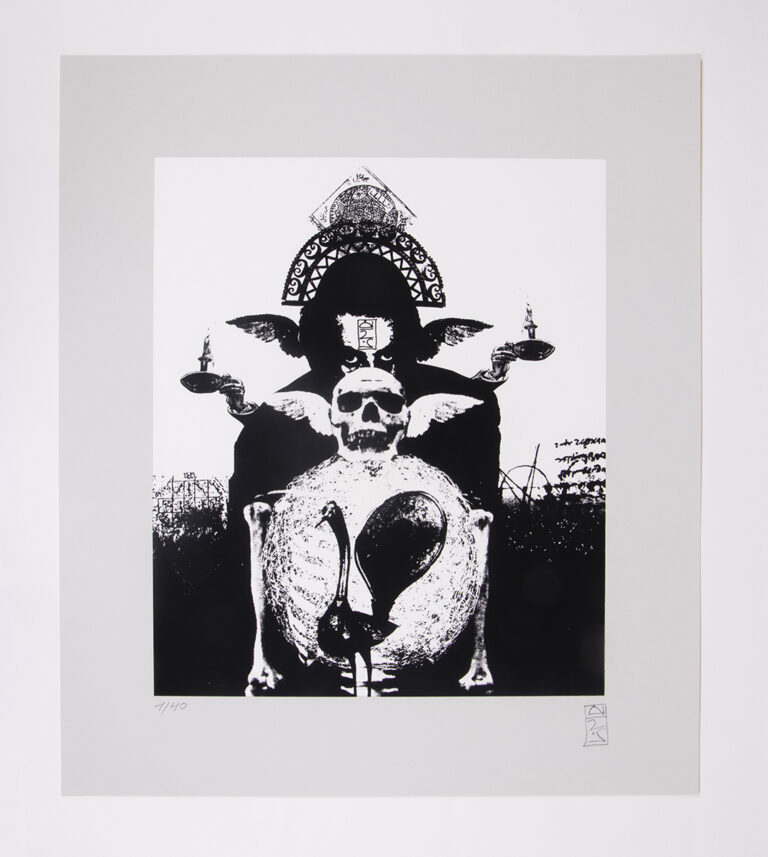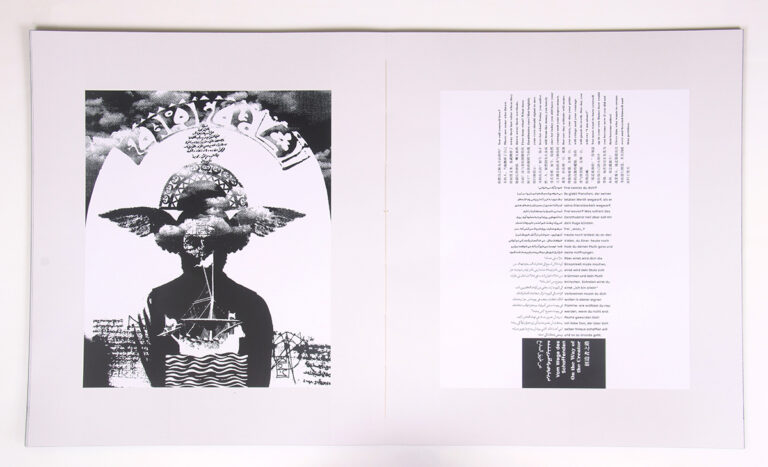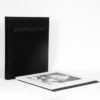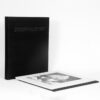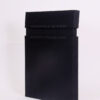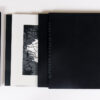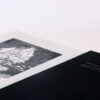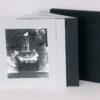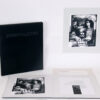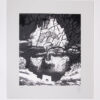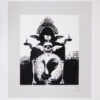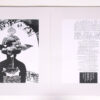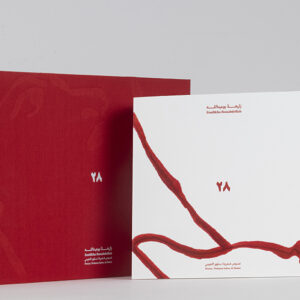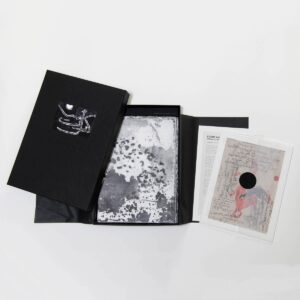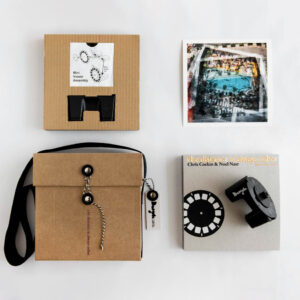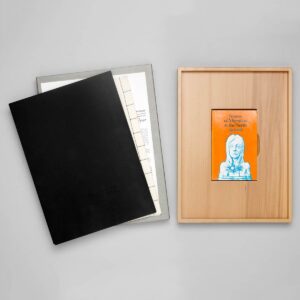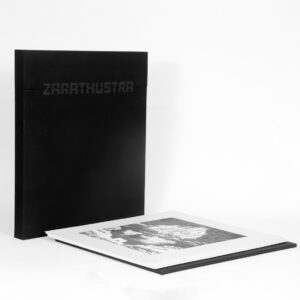Zarathustra
Reza Abedini
Thus Spoke Zarathustra became the book Reza Abedini would carry everywhere with him. A compact, hard-cover edition in Farsi, the little black book contains all five parts of Nietzsche’s most curious philosophical parabolas, in tight rows of Persian script. Zarathustra has fed directly into Abedini’s graphic design work, explicitly or implicitly, for years. With this artist’s book, he is in a sense, going back to the source, offering a visual interpretation of Nietzsche’ seminal text, with a series of prints that he first started almost 20 years ago. Through them, Abedini traces his connection to this book through time, but also to Iranian and religious symbols, and to the visual Western world that continues to dominate Art History. A way of thinking that Nietzsche himself criticized from within, asserting that God is Dead at a turning point in European history. With this symbolic death, comes the permission to do anything as Abedini sees it. Comes also, the end of many principles, and of the carrot and the stick that represent the afterlife.
If we listen to Zarathustra’s preaching, then this life is all that we have, and there is nothing else. In Abedini’s prints, riddled by symbolism, references and a sarcastic bite, we can discover a fragment of what this life consists of.
The book run consists of 40 special editions, signed by the artist and numbered, will include 20 silkscreens of the illustrations in the book, a commemorative box, as well as an authentication certificate.
About The Artist
Born in Tehran, Reza Abedini studied graphic design at the School of Fine Arts in Tehran, followed by a degree in painting from the Art University of Tehran (1992). From 1989 then on he has been working as a designer, teacher and researcher in the field of Typography, Graphic Design and visual arts in general. in 1993 he Founded Reza Abedini Studio in Tehran, Iran and orien+atiolab Amsterdam, the Netherlands in 2008. He created the publication and collective, Dabireh in In 2005, which opened new horizons as a research center on Persian typography and its relationship with the traditional Iranian culture. He carried his research through a professional career accomplished both in Iran and at an international level as an artist, graphic designer, professor, editor and visual art critic. Notably, he is a member of the highly regarded Alliance Graphique Internationale since 2001, in 2006 he was the laureate of the award given by the Prince Claus Foundation, which rewarded his remarkable contribution in valorizing Iranian graphic design, he also participated to numerous exhibition worldwide (Bibliothèque Nationale de France, La Louvière in Belgium, the Honk Kong Poster Triennial, etc.). He teaches today graphic design at the American University of Beirut, all the while perusing his independent career.



